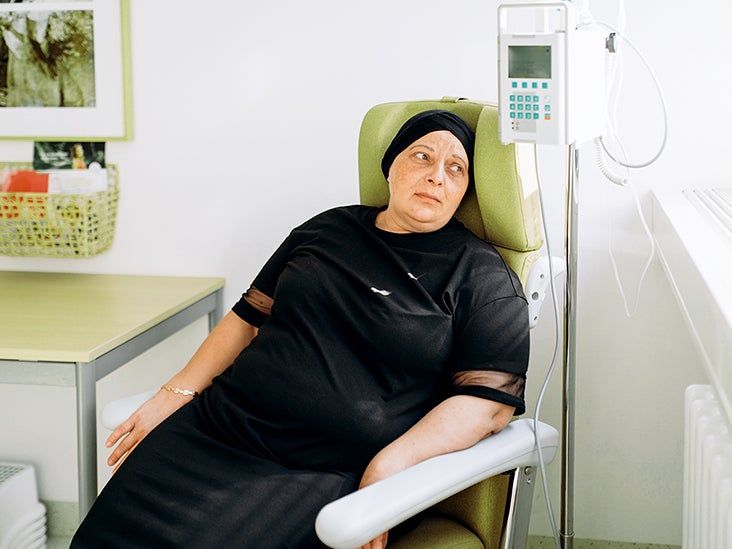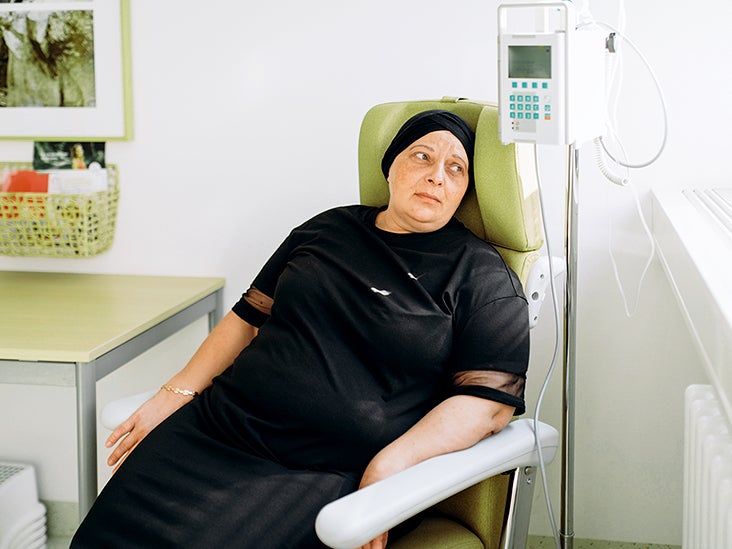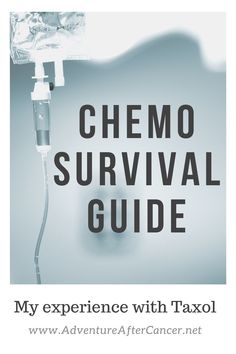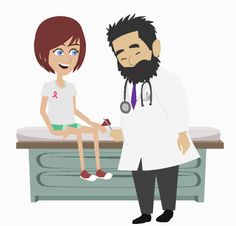
Table of Contents
chemotherapy safety
Introduction: The Double-Edged Sword of Chemotherapy Safety
Chemotherapy stands as a powerful weapon in the fight against cancer. These potent drugs target rapidly dividing cells, aiming to eradicate cancerous tumors. While their effectiveness in treating cancer is undeniable, chemotherapy safety remains a critical concern.
This paper will delve into the potential dangers associated with exposure to chemotherapy drugs. We will explore the health risks faced by not only patients undergoing treatment but also healthcare workers who handle these drugs and even bystanders in the environment. By understanding the potential consequences, we can emphasize the importance of chemotherapy safety protocols and ongoing research for improved treatment options.
The Cellular Battleground: How Chemotherapy Works (and Why Safety Matters)

We must first grasp how these drugs function to understand the potential dangers of chemotherapy exposure. Chemotherapy drugs target a fundamental characteristic of cancer cells: their rapid division. By disrupting this process, they aim to halt the growth and spread of tumors.
However, this targeted attack is only sometimes precise. These powerful drugs can also impact healthy cells that divide rapidly, like those in the hair follicles, digestive tract, and bone marrow. This collateral damage is what leads to the common side effects associated with chemotherapy.
Chemotherapy targeting cancer cells
While the benefits of eradicating cancer often outweigh the side effects, chemotherapy safety becomes paramount in minimizing these unintended consequences and protecting both patients and healthcare workers.
Dangers of Chemotherapy Exposure for Patients: Balancing Benefits with Risks
While chemotherapy remains a potent weapon against cancer, its effectiveness comes with a cost the potential dangers of exposure for patients. These dangers manifest as immediate and long-term challenges, highlighting the importance of chemotherapy safety protocols.
A. Navigating the Storm: Acute Side Effects
Patients undergoing chemotherapy often experience a range of acute side effects that significantly impact their daily lives. These side effects are a direct consequence of the drugs’ impact on rapidly dividing healthy cells alongside cancerous ones. Here’s a look at some common acute side effects:
- Nausea and vomiting: Chemotherapy drugs irritate the digestive system lining, triggering nausea and vomiting.
- Hair loss: Rapidly dividing hair follicle cells are susceptible to the effects of drugs, leading to hair loss. This can be emotionally distressing for many patients.
- Fatigue: The drugs can disrupt healthy cell production in the bone marrow, leading to fatigue and weakness, making it difficult to maintain daily activities.
- Mouth sores: Damage to the delicate tissues in the mouth can cause painful mouth sores, making eating and talking uncomfortable.
Fortunately, chemotherapy safety measures and supportive care advancements can help manage these symptoms. Anti-nausea medications, dietary modifications, and oral care routines can significantly improve a patient’s quality of life during treatment.
B. A Long-Term Perspective: Potential Delayed Risks
Beyond the immediate challenges, chemotherapy exposure can also pose long-term health risks for patients. The cumulative effects of these powerful drugs can increase the risk of developing various health problems years after treatment. Understanding these potential risks is crucial for informed decision-making about cancer treatment. Here are some key concerns:
- Increased risk of secondary cancers: While chemotherapy targets cancer cells, it can also damage the DNA of healthy cells, potentially leading to new cancers later in life. The risk is particularly high for patients treated with certain drugs or at a young age. Chemotherapy safety protocols aim to minimize the cumulative drug dose while achieving optimal results.
- Heart problems: Chemotherapy drugs can damage heart muscle cells, potentially leading to heart failure or arrhythmias (irregular heartbeat) in the long term. Regular monitoring of heart function during and after treatment is essential.
- Kidney damage: Some chemotherapy drugs can impair the function of the kidneys, which are responsible for filtering waste products from the blood. This risk is more significant for patients with pre-existing kidney problems. Chemotherapy safety measures may involve adjusting drug dosages or using alternative medications to protect kidney function.
- Nerve damage: Certain chemotherapy drugs can damage nerves, causing numbness, tingling, or pain in the hands and feet (neuropathy). This neuropathy can be permanent or improve over time. Chemotherapy safety protocols may involve using specific medications or alternative treatment regimens to minimize nerve damage risk.
- Fertility problems: Chemotherapy can damage eggs and sperm cells, potentially leading to infertility in some patients. Options like egg or sperm banking before treatment can help preserve fertility. Discussing potential fertility risks with a doctor before starting treatment is important for informed decision-making.
The likelihood and severity of these long-term risks depend on various factors, including the type and dosage of chemotherapy drugs used, the patient’s overall health, and their age at the time of treatment. Open communication with a doctor regarding potential long-term effects is crucial for creating a personalized treatment plan that prioritizes effectiveness and chemotherapy safety.
It’s important to remember that the benefits of chemotherapy in treating cancer often outweigh the potential risks. However, by understanding these dangers, patients can work with their healthcare team to manage side effects, minimize long-term risks, and focus on achieving the best possible treatment outcome with a focus on chemotherapy safety.
Dangers of Chemotherapy Exposure for Healthcare Workers: A Silent Threat

The fight against cancer extends beyond the patient. Healthcare workers on the frontline of cancer care also face a hidden danger: exposure to chemotherapy drugs. Chemotherapy safety protocols are crucial to protect these essential professionals.
A. Invisible Hazards: Routes of Occupational Exposure
Healthcare workers can be unknowingly exposed to chemotherapy drugs through various routes, highlighting the importance of chemotherapy safety measures. Here’s a breakdown of these potential pathways:
- Inhalation: Chemotherapy drugs can become airborne through aerosols or dust during preparation, administration, or cleaning procedures. Inadequate ventilation or spills can increase the risk of inhalation.
- Skin contact: Direct contact with contaminated surfaces, bodily fluids, or even improperly disposed of waste can allow chemotherapy drugs to enter the body through the skin.
- Accidental ingestion: Accidental ingestion can occur through contaminated hands or surfaces if proper hand hygiene protocols are not followed.
Adhering to strict chemotherapy safety protocols can significantly minimize these exposure routes. The cornerstone of this protection lies in the proper use of personal protective equipment (PPE). This includes wearing gloves, gowns, goggles, and respirators when handling chemotherapy drugs.
B. The Price of Care: Health Risks for Healthcare Workers
Unfortunately, despite safety precautions, healthcare workers can still face potential health risks from chronic low-level exposure to chemotherapy drugs. Understanding these risks allows for better implementation of chemotherapy safety measures. Here are some key concerns:
- Reproductive health: Studies suggest a potential link between chemotherapy exposure and an increased risk of miscarriage and congenital disabilities. Female healthcare workers who are pregnant or planning to become pregnant should take extra precautions and discuss these risks with their doctor.
- Certain cancers: Chronic low-level exposure to chemotherapy drugs may increase the risk of developing some types of cancer, such as leukemia and lymphoma, in healthcare workers over time.
- Respiratory problems: Inhalation of chemotherapy drugs can irritate the respiratory tract, leading to coughing, wheezing, and difficulty breathing.
- Skin irritation: Direct contact with chemotherapy drugs can cause skin irritation, redness, and itching.
The severity of these health risks depends on the frequency and duration of exposure. Chemotherapy safety protocols aim to minimize exposure and implement engineering controls like negative pressure rooms and proper ventilation systems to protect healthcare workers further. By prioritizing chemotherapy safety, we can ensure the well-being of both patients and the dedicated professionals who care for them.
Dangers of Chemotherapy Exposure for Healthcare Workers: A Silent Threat on the Frontlines

The fight against cancer extends beyond the patient. Healthcare workers on the frontlines of cancer care face a hidden danger: exposure to chemotherapy drugs. Chemotherapy safety protocols are crucial to protect these professionals who dedicate themselves to patient care.
A. Invisible Hazards: Routes of Occupational Exposure (200 words)
Healthcare workers can be unknowingly exposed to chemotherapy drugs through various routes, highlighting the importance of stringent chemotherapy safety measures. Here’s a breakdown of these potential pathways:
- Inhalation: Chemotherapy drugs can become airborne through aerosols or dust during preparation, administration, or cleaning procedures. Inadequate ventilation or spills can increase the risk of inhalation.
- Skin contact: Direct contact with contaminated surfaces, bodily fluids, or even improperly disposed of waste can allow chemotherapy drugs to enter the body through the skin.
- Accidental ingestion: Accidental ingestion can occur through contaminated hands or surfaces if proper hand hygiene protocols are not followed.
Adhering to strict chemotherapy safety protocols can significantly minimize these exposure routes. The cornerstone of this protection lies in the proper use of personal protective equipment (PPE). This includes wearing gloves, gowns, goggles, and respirators when handling chemotherapy drugs. Regular training and education on proper PPE use are essential to ensure healthcare workers understand the importance of these safeguards.
B. The Price of Care: Health Risks for Healthcare Workers
Unfortunately, despite safety precautions, healthcare workers can still face potential health risks from chronic low-level exposure to chemotherapy drugs. Understanding these risks allows for better implementation of chemotherapy safety measures. Here are some key concerns:
- Reproductive health: Studies suggest a potential link between chemotherapy exposure and an increased risk of miscarriage and congenital disabilities. Female healthcare workers who are pregnant or planning to become pregnant should take extra precautions and discuss these risks with their doctor.
- Certain cancers: Chronic low-level exposure to chemotherapy drugs may increase the risk of developing some types of cancer, such as leukemia and lymphoma, in healthcare workers over time.
- Respiratory problems: Inhalation of chemotherapy drugs can irritate the respiratory tract, leading to coughing, wheezing, and difficulty breathing.
- Skin irritation: Direct contact with chemotherapy drugs can cause skin irritation, redness, and itching.
The severity of these health risks depends on the frequency and duration of exposure. Chemotherapy safety protocols aim to minimize exposure and implement engineering controls like negative pressure rooms and proper ventilation systems to protect healthcare workers further. By prioritizing chemotherapy safety, we can ensure the well-being of both patients and the dedicated professionals who are the backbone of cancer care.
Prioritizing Safety: A Multifaceted Approach to Chemotherapy Safety
While chemotherapy offers a powerful tool in fighting cancer, ensuring its safe use requires a multifaceted approach. This involves protecting healthcare workers and empowering patients to navigate potential side effects.
A. Knowledge is Power: Patient Education (100 words)
Chemotherapy safety extends beyond the healthcare setting. Educating patients about potential side effects empowers them to participate in their treatment journey actively. Understanding these side effects allows patients to:
- Recognize and report symptoms promptly, enabling healthcare professionals to intervene and manage them effectively.
- Explore strategies to manage common side effects, such as dietary modifications for nausea or maintaining oral hygiene to prevent mouth sores.
- Discuss their concerns regarding long-term risks with their doctor and make informed decisions about their treatment plan.
Open communication and patient education are crucial for optimizing treatment outcomes and ensuring a smoother journey for chemotherapy patients.
B. The First Line of Defense: Safe Handling Procedures
The foundation of chemotherapy safety lies in robust protocols for healthcare workers handling these drugs. Here are some essential practices:
- Proper Personal Protective Equipment (PPE): Using gloves, gowns, goggles, and respirators specifically designed for chemotherapy drugs is paramount. Regular checks and proper disposal of used PPE are vital to maintain protection.
- Designated Workspace: Maintaining a clean and dedicated area for preparing and administering chemotherapy drugs minimizes the risk of contamination in other treatment areas.
- Safe Handling and Disposal: Strict protocols for handling and disposing of chemotherapy waste are essential. This includes sealed containers for transport and proper waste treatment facilities to prevent environmental contamination.
Healthcare facilities should also provide regular training and education for staff on chemotherapy safety procedures. This ensures everyone involved in the treatment process understands the importance of these protocols and implements them effectively.
C. Building a Safer Environment: Engineering Controls
In addition to safe handling procedures, engineering controls further minimize exposure risks for healthcare workers. These include:
- Negative Pressure Rooms: These specialized rooms maintain lower air pressure than the surrounding environment, preventing airborne chemotherapy particles from escaping during preparation or administration.
- Sealed Transport Containers: Using sealed containers for transporting chemotherapy drugs ensures spills or leaks are contained, reducing the risk of accidental exposure.
By implementing a combination of patient education, safe handling procedures, and engineering controls, healthcare facilities can significantly enhance chemotherapy safety for both patients and healthcare workers. This multi-pronged approach creates a safer environment for everyone involved in the fight against cancer.
Conclusion: A Safer Future for All
Chemotherapy, while a powerful weapon against cancer, comes with potential dangers of exposure for patients, healthcare workers, and even bystanders. Patients may experience acute side effects like nausea and fatigue, and potentially long-term risks like secondary cancers. Healthcare workers face the risk of chronic low-level exposure, potentially impacting their health. Minimizing these risks is paramount.
Following strict chemotherapy safety protocols is crucial. Educating patients about side effects empowers them to manage their treatment journey. Proper PPE, designated workspaces, and safe handling procedures are essential for healthcare workers. Engineering controls like negative pressure rooms further minimize exposure.
Despite these challenges, the future of chemotherapy holds promise. Ongoing research focuses on developing safer and more targeted drugs that minimize side effects and exposure risks. This ongoing pursuit and robust chemotherapy safety measures pave the way for a future where patients and healthcare professionals can fight cancer with greater confidence.
For nursing students seeking to delve deeper into this critical area, explore the resources available at Phdnursewriter to provide you with accurate and reliable information.
By prioritizing chemotherapy safety, we can create a safer environment for everyone involved in the fight against cancer, ultimately leading to better patient outcomes and a brighter future for all.





